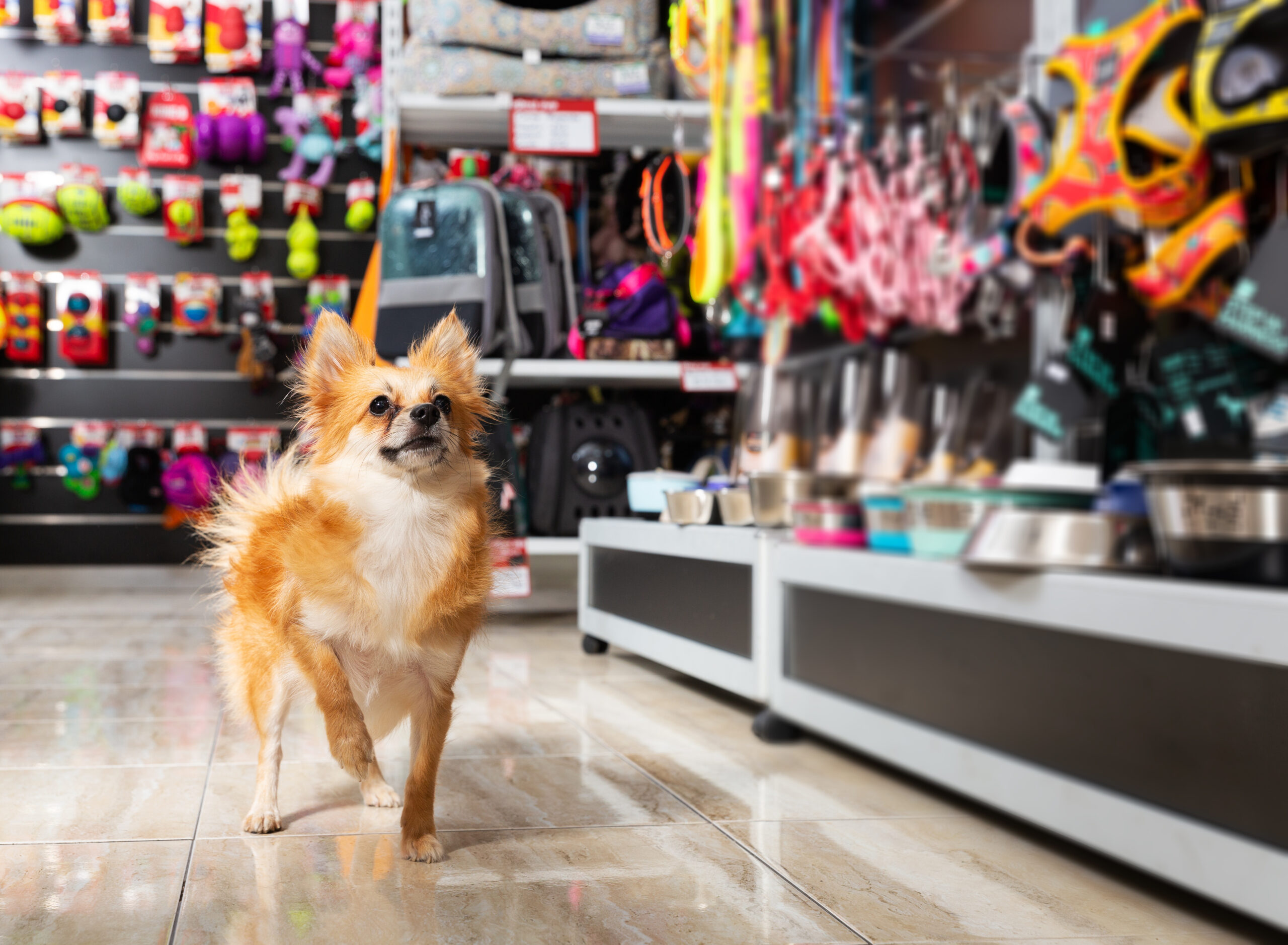With the cost of food (and just about everything else) going up all the time, finding ways to grow your own can save you a lot of money on your weekly meals. Learning how to plant a garden is easy to do, and it can be a fun and satisfying project the whole family can participate in.
- Plan what to plant
Think about which vegetables and herbs you like, and buy most often. Also consider which ones are most and least expensive. If you buy a lot of potatoes, for example, it probably doesn’t make sense to grow those—they’re one of the cheapest vegetables to buy.
Once you have a list of the vegetables you buy most, find out which ones you should plant at which time of year based on where you live. You can look it up using a planting schedule map like this one.
- Create your planting area
Depending on how much space you have, and what your yard is like, you may want to plant your garden directly in the ground, in a raised garden bed, or in containers.
If you already have garden-ready soil—loose, nutrient-rich dirt, usually dark in color—in your yard, you may be able to plant your garden right there.
If the dirt in your yard is hard, rocky, or sandy, you’ll probably want to build a raised garden bed. Once you build the frame, you’ll need to fill it with potting soil.
If you don’t have much space in your yard, or you have a balcony or patio, the best approach for you will be to use containers or pots. You can buy them at a hardware or garden store, but if you want to save money you can get creative.
Try searching on Craigslist for pots, planting containers, or even corrugated metal livestock feed and water troughs. You can often find these things very inexpensively, and they work well as planters. You can also use plastic or metal buckets; just be sure to drill some holes in the bottom for proper drainage.
- Prepare your soil
When you’re ready to prepare your soil, you can get it at your local hardware store or nursery.
You can buy simpler, less expensive soil, or spend a little more to get higher-quality potting soil, which will have more nutrients and help your plants grow better. If you go with a more basic soil, there are a few things you can do to enrich it, to make it better for your plants.
Spread your soil evenly in your garden bed or pots, and water it so that it’s moist all the way through to the bottom.
- Plant your seedlings
After you have your soil prepped, it’s time for the fun part—actually planting your young plants or seedlings! You can use a small shovel to dig a small hole for each plant.
Most seed packets or plant tags will tell you exactly how much space to leave between the plants, and how deep to plant them.
- Mulch it up
After you’ve planted your seedlings, there’s one more step to help them grow faster and healthier, keep them moist, and minimize the chances of weeds taking over. That step is mulching.
Mulch is basically a protective layer you put on top of your soil. It’s one of the simplest things you can do, but it makes a big difference.
The easiest way to make mulch is using leaves that have fallen off trees. Gather them into a pile, and run over them with a lawnmower. You may need to do it a few times, until the shredded pieces are about the size of a dime.
Spread the mulch over the surface of your garden soil, all around your plants, and you’re ready to start watching your garden grow! Water it regularly, pull out any weeds that try to grow, and eventually you’ll have some beautiful fresh vegetables.



